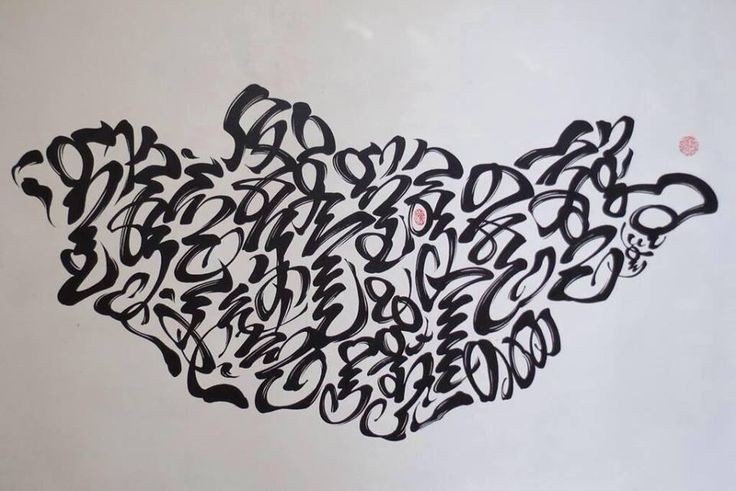Traveling is not only about adventure; but also learning and experiencing diverse cultures. Engaging with culture is nearly impossible without understanding the language. So, let's explore the basics of the Mongolian language!
Mongolian Language
The official language of Mongolia is, unsurprisingly, Mongolian (Mongol Khel / Монгол хэл). It's the mother tongue for the vast majority of the country's population (around 3.3 million people as of 2025). Mongolian belongs to the Altaic language family, specifically Mongolic language, which includes related languages spoken in parts of Russia (like Buryat and Kalmyk) and China (Inner Mongolia). The primary dialect spoken within Mongolia, and the one you'll encounter most, is Khalkha Mongolian.

Scripts: Old and New
One of the first things you'll notice is the writing. Mongolia officially uses a Cyrillic alphabet, similar to Russian but with two additional letters: Ө (ö) and Ү (ü). This script was adopted in the 1940s and is used for virtually all official signs, newspapers, books, and daily communication. If you can read Russian Cyrillic, you'll recognize many letters, but the sounds might differ.
However, Mongolia also has a rich history with its traditional Mongolian script (Mongol Bichig / Монгол бичиг). This vertical script dates back to the time of the Mongol Empire under Genghis Khan. While most people don't use it every day, it holds cultural importance. But recent years, people are trying to use "Mongolian script" as a main text because of a strong sense of identity. You might see it in ceremonies, art, calligraphy, and some signs aiming to feel traditional.
Language on the Ground: What to Expect
In Ulaanbaatar: Especially in downtown areas, hotels, major shops, tourist sites, and among younger people, you'll find a reasonable and increasing level of English proficiency.
Outside the Capital: English is less common in rural areas and among older people. You may have to use gestures, point, or rely on translation tools.
Cyrillic Dominance: Most signs (road signs, shop names, menus) will be in Mongolian Cyrillic. A translation app with Optical Character Recognition (OCR) can help.
Other Languages: Some older people still speak Russian. Korean, Japanese, and Chinese are also popular foreign languages spoken.
How about we learn basic phrases?
Making even a small effort to speak Mongolian will be greatly appreciated. It shows respect for the local culture and can transform interactions:
Here are a few essentials to get you started (phonetic approximations are rough guides):
Сайн байна уу? (Sain baina uu?) - [Sighn buy-noo?] - Hello (Formal)
Сайн уу? (Sain uu?) - [Sigh-noo?] - Hello (Informal)
Баярлалаа (Bayarlalaa) - [Bah-yar-l'lah] - Thank you
Зүгээр (Zügeer) - [Zoo-gehr] - It's okay / You're welcome
Тийм (Tiim) - [Teem] - Yes
Үгүй (Ügüi) - [Oo-gooey] - No
Уучлаарай (Uuchlaarai) - [Ooch-l'rye] - Sorry / Excuse me
Баяртай (Bayartai) - [Bah-yar-tie] - Goodbye
Хэд вэ? (Khed ve?) - [Ked veh?] - How much (is it)?
Энэ (Ene...) - [Enn-eh] - This... (useful for pointing)
Ус (Us) - [Ooss] - Water
Хоол (Khool) - [Hawl] - Food / Meal
Don't be intimidated by the Mongolian language. Embrace the opportunity to learn a few words and listen to its unique sounds. It's a window into the nation's soul and will undoubtedly make your journey through this incredible country even more memorable. Amjilt! (Good luck!)

